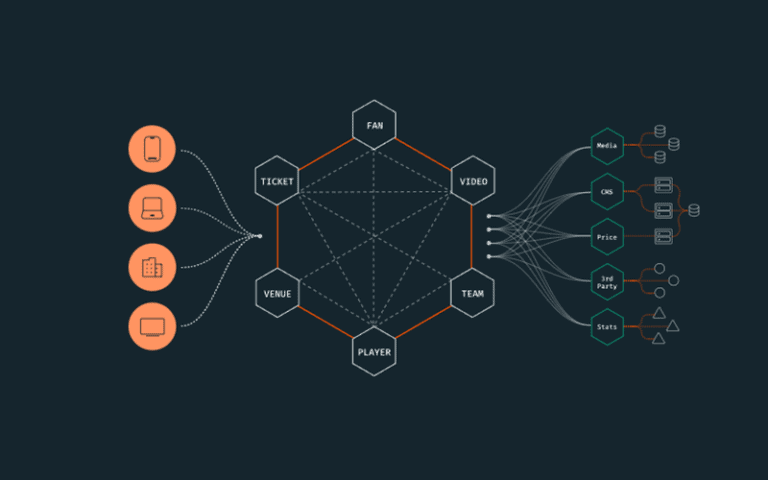Apollo GraphQL has announced Apollo Connectors. As the company known as the creator of GraphQL federation (technology sometimes described as the ‘missing API layer’ for distributed architectures to connect backend and frontend services), Apollo Connectors are another fusion and connection toolset designed to simplify API integration.
This addition to Apollo’s product suite is intended to help software developers use GraphQL (GraphQL is a query language for APIs and a server-side runtime for executing queries using a type system for data) as a complementary platform that sits on top of existing services with minimal overhead as they approach their API integration tasks.
A self-service supergraph
Rather than delivering services to frontend teams as a series of handwritten backend-for-frontend (BFF) service, Apollo GraphQL promises software engineering teams a means of delivering APIs as a ‘self-service supergraph’ that sits on on top of existing services, so there is nothing to re-architect. The company says it can be evolved to suit the needs of the business with fewer breaking changes downstream.
By reducing the need for middleware and boilerplate code, the company claims that Apollo Connectors positions Apollo at the forefront of the GraphQL API market.
Apollo wants to validate the use of its technology by saying that many organisations recognise the potential of GraphQL, but struggle with managing some APIs. These same teams may also have a hard time when transitioning from existing REST API investments, which often fetch too much or too little data.
NOTE: As Red Hat reminds us, REST (or representational state transfer set of rules and guidelines about how to build a web API) and it is a set of architectural constraints, not a protocol or a standard. REST is considered easier to use than a ‘prescribed protocol’ like SOAP (Simple Object Access Protocol), which has specific requirements like XML messaging and built-in security and transaction compliance that make it slower and heavier.
The Apollo GraphOS platform is said to offer an API platform approach with a self-service, self-documenting system, reducing the cognitive load on development teams. The introduction of Apollo Connectors for REST APIs enables developers to integrate REST APIs into a federated GraphQL schema incrementally, or all at once. This bridges the gap between traditional REST architectures and modern GraphQL deployments for a more unified API strategy.
“The pace of innovation, driven by AI and the demand for personalised digital experiences, means that organisations can no longer afford to delay modernising their API strategies,” said Matt DeBergalis, CTO and co-founder of Apollo GraphQL. “Apollo Connectors for REST APIs allows teams to swiftly adapt by incrementally migrating to GraphQL without overhauling existing systems. This isn’t just about simplification; it’s about staying competitive in an environment where speed and flexibility are critical.”
Streamlined simple syntax
Key Features of Apollo Connectors for REST APIs include declarative integration, a feature which means software engineers can use a simple syntax within their GraphQL schema to connect directly to REST API endpoints, streamlining the process of mapping types and fields to underlying services. Apollo GraphOS also provides integrated tooling and a smart editor for VSCode.
“Apollo Connectors makes it easier for enterprises to unify their API ecosystem under a federated GraphQL architecture,” said Rob Brazier, VP of product at Apollo GraphQL. “Almost every organisation of significant scale has a large REST API footprint. Apollo Connectors for REST APIs enable our customers to leverage that API footprint, to drive innovation without wasting time on risky migrations or waterfall architectural transformations.”
Apollo also unveiled several enhancements to its core platform (known as Apollo GraphOS) and its suite of tools aimed at improving developer velocity and platform performance.
As Apollo customers continue to scale their graphs to support more clients and more complex use cases, they need a means to ensure that these complex GraphQL operations don’t slow performance or create denial of service. Apollo GraphOS now includes native demand control to help manage and limit operational complexity, preventing performance slowdowns.
Apollo also introduced entity caching with cache invalidation in public preview. API teams can now store key business entities, such as inventory and user records, in Redis for long-term caching, ensuring responsive and high-performing applications. They also have granular control over invalidating entries based on time to live, subgraph, type, and more.
Apollo Connectors for REST APIs is available now in public preview.
